Recommended Books for Protein Extraction and Purification Techniques from Bacteria
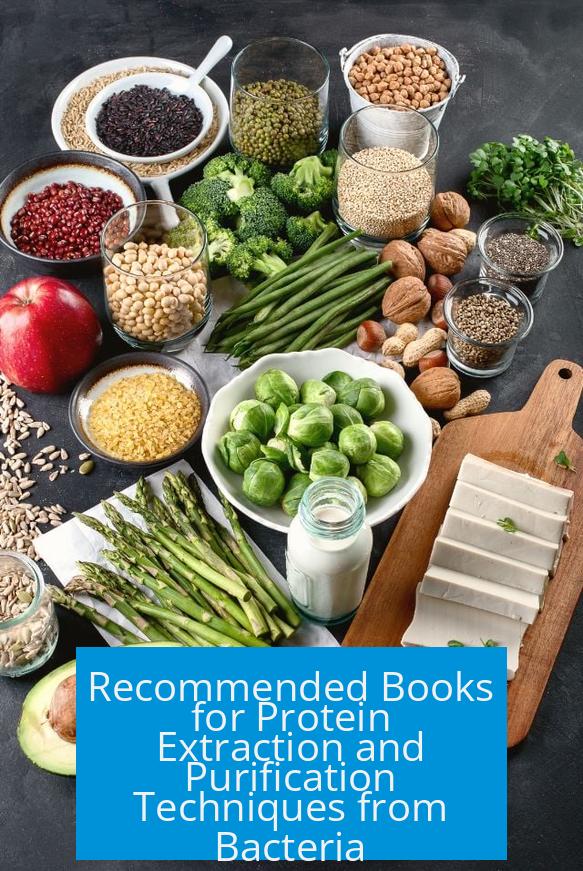
Protein extraction and purification from bacteria require tailored approaches due to the diversity of proteins and bacterial species. No universal protocol exists, so literature that covers broad principles and specific methods is essential. Key resources include classical textbooks, manufacturer manuals with protocols, and scientific papers tailored to particular proteins.
Understanding the Challenges in Protein Purification from Bacteria
Protein purification presents many challenges. Proteins vary widely in size, structure, solubility, and stability, which influences extraction and purification strategies. Bacteria also differ in their cell wall compositions and protein expression systems, requiring adjustments.
Literature often presents idealized conditions: expressing recombinant proteins with tags such as His or GST, optimizing codons, or using engineered strains. Actual lab work involves troubleshooting expression levels, solubility, and stability, making flexible, detail-rich protocols invaluable.
Classical and Comprehensive Textbooks
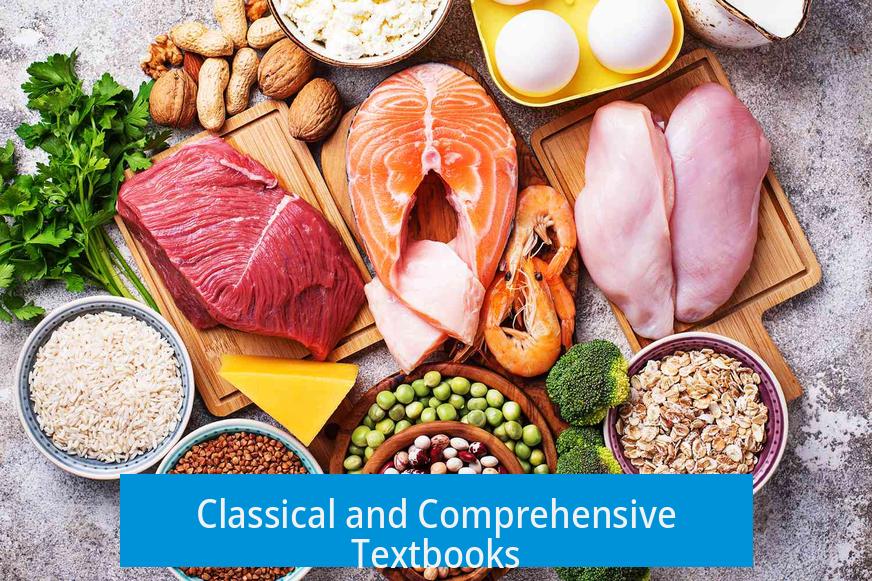
The foundational texts provide theory and practical guidance useful in nearly all protein purification workflows:
- Protein Purification: Principles and Practice by Robert Scopes This book is a staple in biochemical research. It covers fundamental techniques such as chromatography, electrophoresis, and protein characterization. It explains the principles behind each method alongside relevant protocols. Its practical focus supports troubleshooting, which is invaluable during bacterial protein purifications.
- Guide to Protein Purification, 2nd Edition, Methods in Enzymology, Volume 463 Part of the renowned Methods in Enzymology series, this volume presents methodological detail from expert authors. It covers a variety of purification techniques, including affinity tags, native purification, and chromatographic methods. It also addresses quantification, stability, and quality assessment.
Manufacturer Manuals and Protocol Handbooks
When working with recombinant proteins, manufacturer manuals include optimized protocols for expression and purification. These materials are updated to reflect advances in affinity tags and chromatography resins.
- Thermo Fisher Scientific Protein Expression Handbook This handbook introduces protein expression basics and lists reagents and kits optimized for bacterial systems. It details fusion tags, host strains, lysis methods, and purification strategies targeting His tags and more. While it catalogs Thermo Fisher’s products, its explanations benefit general workflows.
- Qiagen QIAexpressionist Manual Optimized for His-tagged proteins expressed in Escherichia coli, this manual covers protein expression, cell lysis, affinity purification with nickel resins, and troubleshooting tips. It serves as a precise guide if working with His-tagged bacterial proteins.
- Kits and Manuals from Pierce and Amersham For proteins from non-E. coli bacteria or archaeal sources without recombinant tags, manuals from chromatography specialists like Pierce or Amersham provide protocols targeting native proteins. These include ion exchange, size exclusion, and affinity resins tailored for complex samples.
Scientific Papers for Tailored Protocols
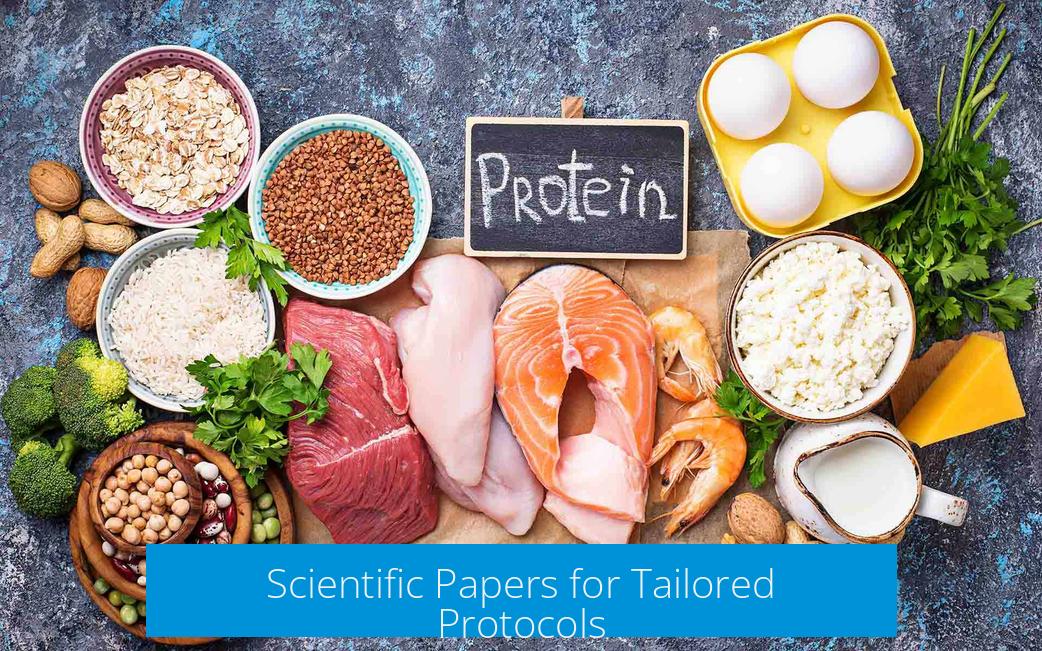
Protein purification is highly specific to the protein and bacterial host. Peer-reviewed articles often describe optimizations for particular systems. Experimental details such as growth media, induction conditions, lysis methods, and purification steps are crucial.
Researchers should seek papers that:
- Describe proteins similar in size or function to their target.
- Use the same bacterial expression system.
- Provide detailed protocols with troubleshooting notes.
This approach allows adaptation of protocols proven for similar proteins rather than relying solely on generic manuals.
Common Purification Strategies for Bacterial Proteins
Protein purification typically involves these steps:
- Cell Harvesting and Lysis
- Centrifugation to pellet cells.
- Lysis by sonication, enzymatic digestion (e.g., lysozyme), or mechanical disruption.
- Clarification of Lysate
- Removal of insoluble debris by centrifugation or filtration.
- Capture Step
- Affinity chromatography (e.g., Ni-NTA for His-tags or glutathione resin for GST tags).
- Alternative approaches for native proteins: ion exchange or hydrophobic interaction chromatography.
- Polishing Steps
- Size exclusion chromatography for further purification.
- Additional ion exchange or affinity steps if needed.
Each step can be optimized based on protein characteristics like solubility, stability, and binding affinity.
Considerations in Protein Purification:

- Affinity Tags: Fusion tags simplify purification but may require removal after purification.
- Protein Stability: Buffer composition, temperature, and additives (e.g., protease inhibitors) impact yield.
- Host Strain Selection: Different strains express proteins with varying yields and modifications.
- Codon Optimization: Especially important for heterologous expression in E. coli.
Summary: Recommended Books and Resources
| Resource Type | Title/Source | Description | Link |
|---|---|---|---|
| Classical Textbook | Protein Purification: Principles and Practice by R. Scopes | Comprehensive overview of protein purification methods and theory. | Springer Link |
| Textbook | Guide to Protein Purification, 2nd Ed., Methods in Enzymology, Vol. 463 | Detailed protocols and expert methods on protein purification. | N/A (Available through libraries and scientific publishers) |
| Manufacturer Handbook | Thermo Fisher Protein Expression Handbook | Expression and purification basics with commercial product protocols. | Thermo Fisher |
| Manufacturer Manual | Qiagen QIAexpressionist Manual | His-tag purification in E. coli with optimized protocols. | Qiagen |
| Chromatography Kits | Pierce and Amersham Manuals | Protocols for purification of native bacterial and archaeal proteins. | Available from company websites or scientific distributors |
Key Takeaways
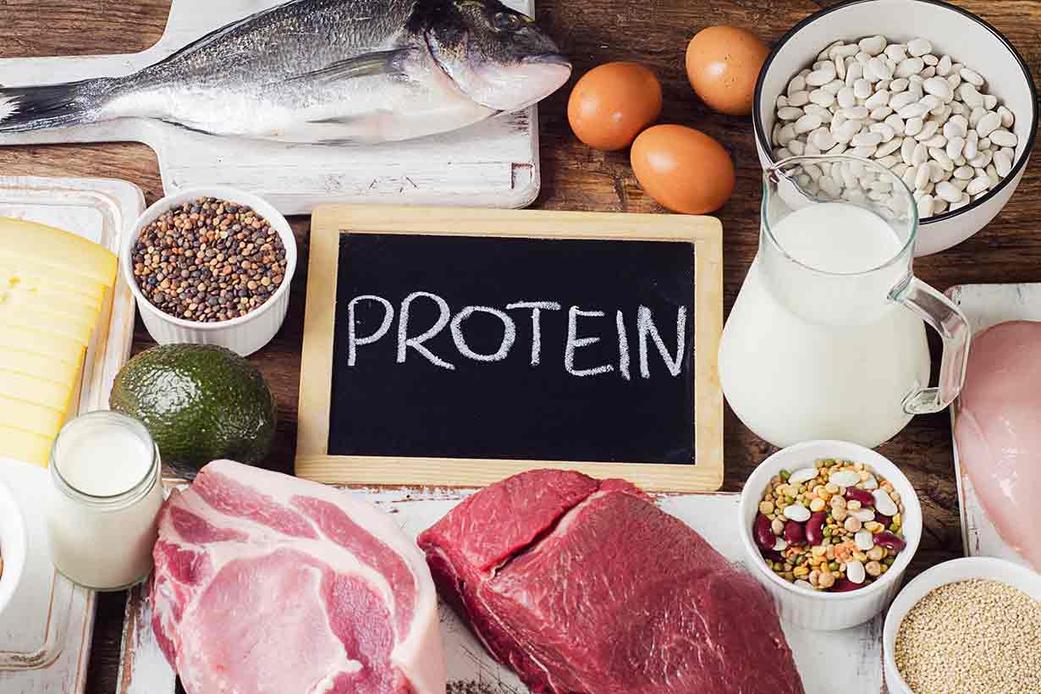
- Protein purification from bacteria is protein- and system-specific; no universal method exists.
- Foundational texts by Scopes and Methods in Enzymology offer comprehensive theoretical and practical bases.
- Manufacturers provide up-to-date protocols for tagged proteins, particularly His-tag systems.
- Chromatography manuals suit non-recombinant protein purifications from a variety of bacterial species.
- Scientific papers remain essential for customized protocols and troubleshooting real-world challenges.
Can anyone recommend books for protein extraction and purification technique from bacteria?
Absolutely! For anyone diving into the world of protein extraction and purification from bacteria, especially those eager to learn trusted techniques and solid theory, several standout books and resources exist that make this complex realm a bit less intimidating.
Let’s face it—protein purification isn’t a one-size-fits-all recipe. The process can feel like approaching a vast, quirky kitchen filled with countless ingredients (i.e., proteins), each demanding their own secret sauce. How do you know where to start? Which cookbook to crack open? And is there even a universal method to follow?
The short answer: No, there isn’t a universal protocol that works for *all* bacterial proteins. The field thrives on adaptation. Yet, thankfully, expert-curated books provide detailed principles, stepwise protocols, and insights to guide your scientifically adventurous journey.
The Reality Check: Experimental Adventures vs. Print
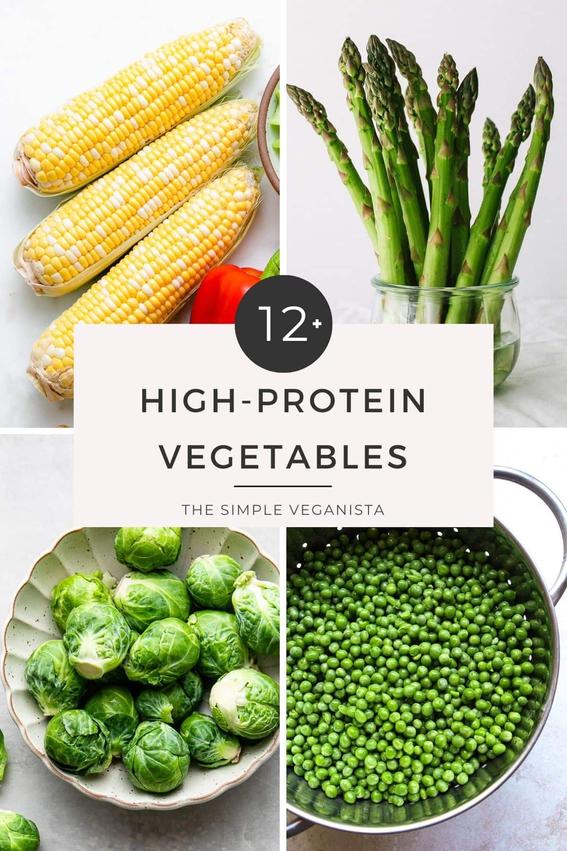
Picture this: you read a research paper saying, “We expressed the protein as a C-terminally His tagged recombinant protein using a codon-optimized gene block.” Sounds neat, right?
In reality, researchers often wrestle with partial expression, codon mismatches, and protein instability—all hidden behind polished language. One day, the protein might express perfectly; the next, it refuses like a moody teenager.
Therefore, no book can bottle every permutation. Instead, great resources provide the *framework* and the *best tools* to help you troubleshoot and optimize your specific protein purification challenge.
Classics Worth Their Weight in Gold
- Protein Purification: Principles and Practice by Robert Scopes – Time-tested and beloved by many, Scopes’ book lays the groundwork for understanding the fundamental techniques in protein purification. It covers chromatography methods, solubility principles, and tagging strategies—all essentials that most protocols build upon.
- Guide to Protein Purification, 2nd Edition, Methods in Enzymology, Volume 463 – This is a compilation of protocols contributed by the experts who developed them. It’s like having a backstage pass to the protein purification concert where you find everything from basic methods to the latest innovations. Ideal if you prefer a manual peppered with diverse real-world protocols.
Manufacturer Manuals That Feel like Helpful Lab Mates
If you like hands-on guided instructions peppered with helpful tips, manufacturer-provided handbooks can be lifesavers:
- Thermo Fisher Scientific Protein Expression Handbook – Sure, it doubles as a product catalog, but Thermo Fisher also includes some neat basics on protein expression and purification, perfect for beginners and those wanting practical advice linking reagents to results.
- Qiagen QIAexpressionist Manual – A go-to guide if you’re tackling His-tagged protein purification, especially expressed in E. coli. Their protocols streamline affinity tag purification, ensuring you understand the procedure and the pitfalls you might encounter.
- Pierce and Amersham Manuals – If your protein comes from non-E. coli bacteria or archaea, these kits from chromatography experts shine. Although names and ownership have shuffled over time, their manuals remain gold standards for troubleshooting difficult purifications beyond the common bacterial models.
Why Specifics Matter: Tailored Protocols Beat One-Size-Fits-All
You might wonder: why not just follow a single protocol? Well, the key lies in how the nature of the protein and bacterial strain matter. Are you purifying a membrane protein or a cytoplasmic enzyme? Overexpressing under IPTG induction or native expression? Those questions radically change your approach.
Expert advice: supplement book knowledge with the latest scientific papers specific to your protein and expression system. Literature often contains exactly the kind of fine-tuned tricks and troubleshooting needed to overcome hurdles. Books set the stage; papers perform the act.
Quick Tips From Experience
- Start with Scopes and the Methods in Enzymology volume. These provide your foundational knowledge.
- Complement your reading with manufacturer handbooks. They translate practitioner wisdom into ready-to-run protocols.
- Read recent papers featuring your protein and host bacteria. Look for codon optimization, tag placement, expression conditions.
- Remember: patience is key. Proteins have moods. Some express poorly at 37°C but love 20°C.
- Don’t be afraid to mix and match protocols. Protein purification is a bit like cooking—sometimes you need to tweak the recipe.
Final Thought: The Best Book? The One You Actually Read and Apply
Books equip you with principles; manuals guide practical steps; research articles offer adaptations. Gather knowledge from all these sources. Blend them into your unique purification strategy that fits your protein and bacterial system like a glove.
So, can anyone recommend books for protein extraction and purification technique from bacteria? The answer is a resounding yes—with a nudge: pick your sources wisely, expect surprises, and embrace the adventure of experimentation.


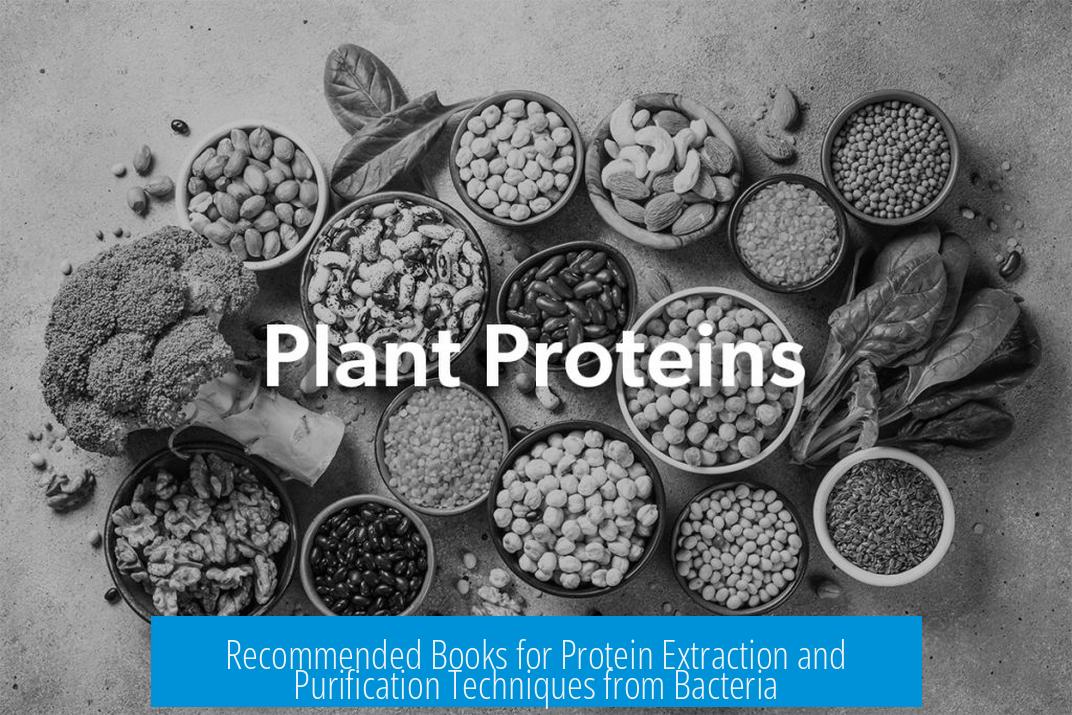
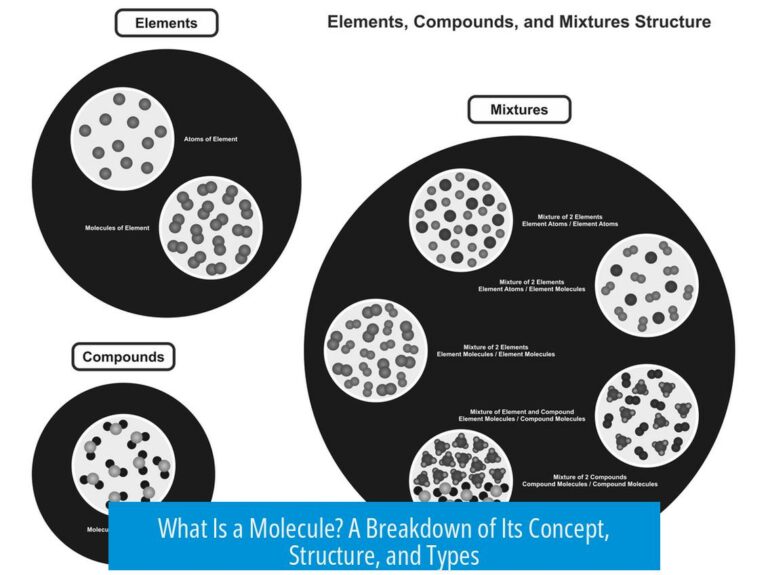
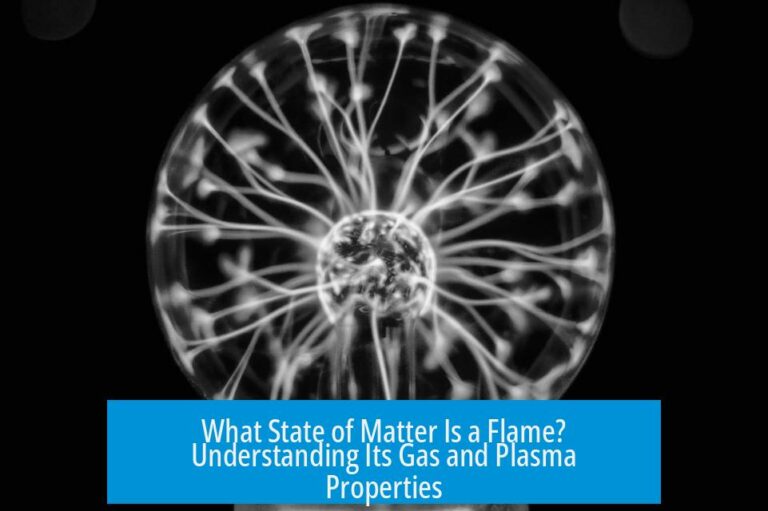
Leave a Comment